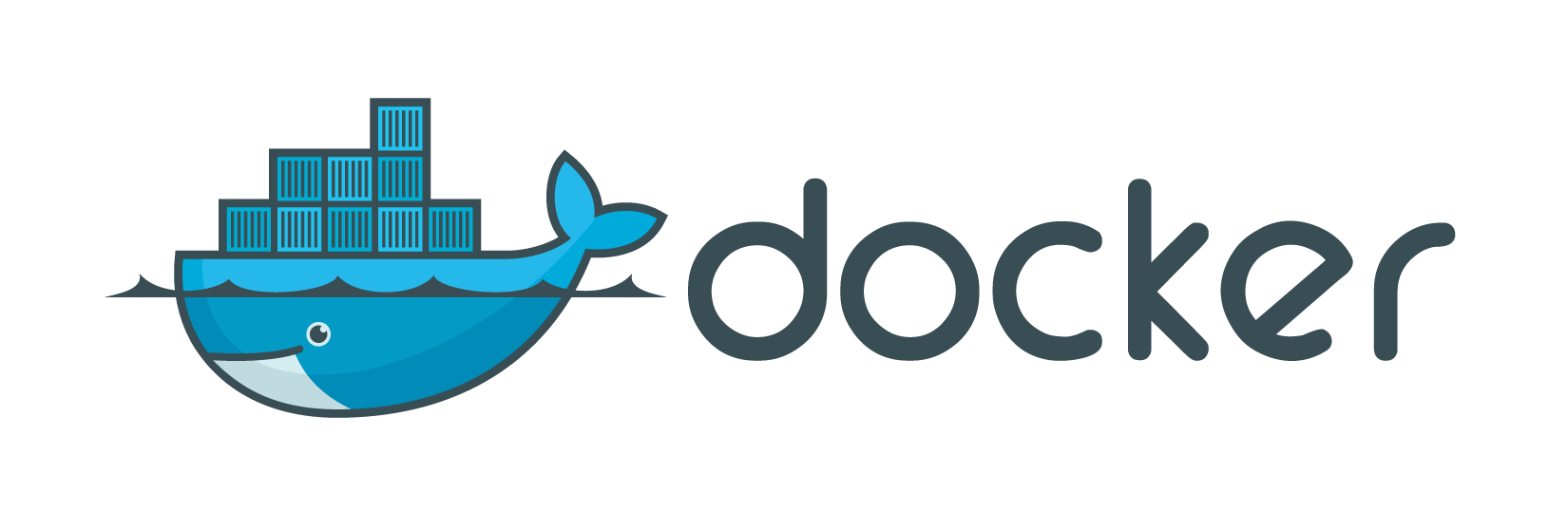5 minutes
Dockerize Homelab
Though I love docker and containerization, most of my infrastructure is still hosted on Virtual Machines via Proxmox. This has some obvious drawbacks like slower (re-)starting times, the use of more ressources due to the virtualized kernel & emulated hardware and harder automation of the deployment process.
That’s why I finally got myself to migrating my infrastructure over as well as discovering some new sysyems while exploring docker.
I will document the whole procedure with all it’s obstacles on this page, while starting with the basic and easy ones to warm up and then coming to more complex subjects, like storage sharing with Nextcloud and Syncthing.

Table of contents:
- Starting out with the basics
- Portainer management UI
- Reverse Proxy & Let’s Encrypt certs
- Dashboard: DashMachine
- Documentation: Bookstack, Docusaurus, etc.
- [OpenBooks & other trivia (server-stuff.md)]()
- Media Server: Jellyfin & Sabnzbd
- [Storage: Nextcloud & Syncthing]()
- [Security: SingleSignOn, Authelia, Teleport]()
Basics
First and foremost I will be using Ubuntu 20.04 LTS Server as my host system. But in most cases - as we’ll be working inside the Docker environment - this should not matter. Also note that Docker commands have always to be executed with root privileges. A bunch of available images can be found at https://hub.docker.com.
Helpfull through the setup will also be: - https://dbtechreviews.com/blog/ - https://www.the-digital-life.com/ - https://docs.technotim.live/
Install Docker and Docker-compose
$ sudo apt install docker.io docker-composePortainer management UI Deployment official docs
# docker volume create portainer_data# docker run -d -p 8000:8000 -p 9443:9443 --name portainer \ --restart=always \ -v /var/run/docker.sock:/var/run/docker.sock \ -v portainer_data:/data \ portainer/portainer-ce:2.11.1
-> Go to https://<IP>:9443
Portainer UI
As much as I love the command line, Portainer is a great web interface for Docker, which also allows introducing systems and containerization concepts to less advanced linux sysadmins. Unfortunately (at least at the time of writing …) there are barely templates for a Portainer docker-compose file online, but at least it’s not too hard to build it ourselves, as there are only a few lines of configuration needed.
# mkdir /mnt/portainer/ && cd /mnt/portainer/ && vim docker-compose.yml && docker-compose up -d
version: "3.5"
services:
jellyfin:
image: portainer/portainer-ce
container_name: portainer
ports:
- 8000:8000
- 9443:9443
network_mode: "host"
volumes:
- /var/run/docker.sock:/var/run/docker.sock
- ./portainer_data:/data
restart: unless-stopped
Reverse Proxy
NGNIX Proxy Manager
Eventually later on I will go with Caddy, Traeffic or HAProxy. But for now let’s start with NGNIX Proxy Manager. (-> official docs)
# mkdir /mnt/reverse-proxy/ && cd /mnt/reverse-proxy/ && vim docker-compose.yml && docker-compose up -d
version: '3'
services:
app:
image: 'jc21/nginx-proxy-manager'
restart: unless-stopped
ports:
- '80:80'
- '81:81'
- '443:443'
volumes:
- ./data:/data
- ./letsencrypt:/etc/letsencrypt
-> Go to http://<IP>:81 and create Proxy Hosts with config and SSL-certificates.
Dashboard
Personally, I found DashMachine by far best suited for my use case but there are dozens of options available e.g. on https://github.com/awesome-selfhosted/awesome-selfhosted#personal-dashboards
(https://dbtechreviews.com/2020/03/how-to-install-dashmachine-dashboard-on-docker-and-omv5/)
# mkdir /mnt/dashmachine/ && cd /mnt/dashmachine/ && vim docker-compose.yml && docker-compose up -d
---
version: "3"
services:
dashmachine:
image: rmountjoy/dashmachine
container_name: dashmachine
volumes:
- ./config:/dashmachine/dashmachine/user_data
ports:
- 5000:5000
restart: unless-stopped
-> Go to http://<IP>:5000 and start customizing your dashboard
Looks amazing, right! :)
Documentation
BookStack
For that one I’m constantly hopping between multiple Markdown plattforms as well as some traditional documentation systems like MediaWiki. This time lets go with the multi-functional, easy-to-use platform BookStack.
# mkdir /mnt/bookstack/ && cd /mnt/bookstack/ && vim docker-compose.yml && docker-compose up -d
---
version: "2"
services:
bookstack:
image: lscr.io/linuxserver/bookstack
container_name: bookstack
environment:
- PUID=1000
- PGID=1000
- APP_URL=
- DB_HOST=bookstack_db
- DB_USER=bookstack
- DB_PASS=<yourdbpass>
- DB_DATABASE=bookstack
volumes:
- ./config:/config
ports:
- 6875:80
- 6877:443
restart: unless-stopped
depends_on:
- bookstack_db
bookstack_db:
image: lscr.io/linuxserver/mariadb
container_name: bookstack_db
environment:
- PUID=1000
- PGID=1000
- MYSQL_ROOT_PASSWORD=<yourdbpass>
- TZ=Europe/Berlin
- MYSQL_DATABASE=bookstack
- MYSQL_USER=bookstack
- MYSQL_PASSWORD=<mysqlrootpass>
volumes:
- ./dbconfig:/config
restart: unless-stopped
How to migrate an old BookStack instance over is described here, after getting into the container interactively by running docker run -it --entrypoint /bin/bash <container_name>.
-> Go to https://<IP>:6877
Trivia, having a bit fun
As the UniFi controller is not too urgent for me and I stumbled across some other interesting projects, let’s try out a few …
OpenBooks
This is quite a niche project, but with the great goal to simplify the download process of media - as it’s name implies mainly for books - from the IRC Highway. As I’m a passionate reader and love discovering new books, this seemed pretty appealing.
Of course, I don’t encourage anyone to download pirated media of the web and I want to strongly emphasize the advantage of buying books in a regional store and thus supporting the authors, who hardly earn any money from selling books.
Anyways, for the project itself (at least till now) it seems well maintained and got it’s last update only five months ago. On their Githup page you can find the official docker instructions but be sure to remove the environment:-section from the given docker-compose file (or eventually adapt the /openbooks/ path to ./; haven’t tried this yet).
# mkdir /mnt/openbooks/ && cd /mnt/openbooks/ && vim docker-compose.yml && docker-compose up -d
version: '3.3'
services:
openbooks:
ports:
- '8085:80'
volumes:
- './booksVolume:/books'
restart: unless-stopped
container_name: OpenBooks
command: --persist
image: evanbuss/openbooks
volumes:
booksVolume:
-> Go to https://<IP>:8085 to access the WebUI
Media Server
Jellyfin
There are loads of different media server solutions for organizing and streaming your media content. Ultimately Emby was my choice, but it comes with the price of not beeing open-source. As this is an absolute exclusion criterion for me, I therefore have to view it as pure garbage. Lukely there is a volunteer-built, privacy-friendly & open-source fork of it, called Jellyfin.
That’s what I use for two years and I’m happily fine with. So let’s try to get it up and running in a docker container.
version: "3.5"
services:
jellyfin:
image: jellyfin/jellyfin
container_name: jellyfin
environment:
- TZ=Europe/Berlin
ports:
- 8920:8920
- 8096:8096
network_mode: "host"
volumes:
- ./config:/config
- ./cache:/cache
- ./media:/media
restart: unless-stopped
